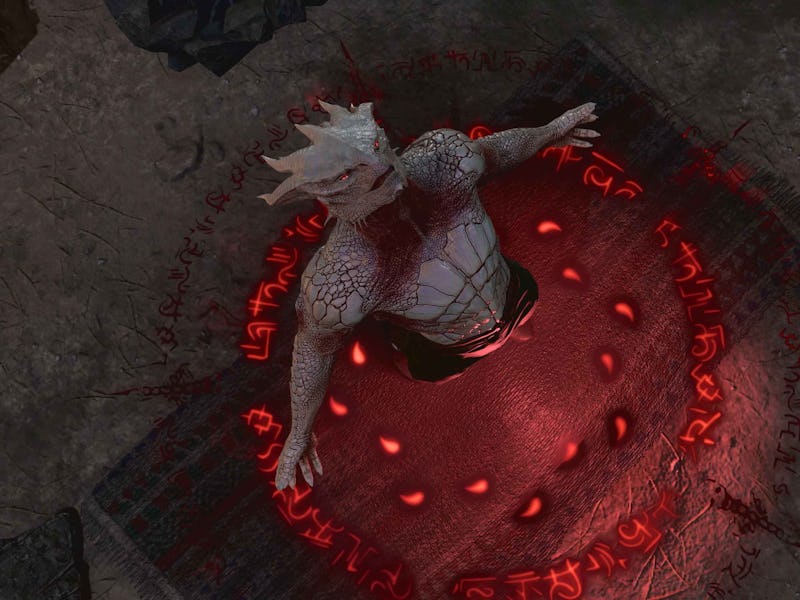Baldur’s Gate 3 Embraces the Most Important Part of D&D
Let’s see how this plays out.

Video games often fall back on a binary state of either success or failure. It's why “Game Over” is such a ubiquitous phrase. If you don’t do things properly, you lose and have to start over until you manage to get it right.
Baldur’s Gate 3 throws that mentality out the window thanks to its wholehearted embrace of the spirit of Dungeons & Dragons, leaving the player to constantly live with their decisions no matter what. It’s a novel approach — and it means that failing often leads to some truly wild and unforgettable moments.
Problems can be solved through combat or conversation, but it won’t always go according to plan.
Early on in Baldur’s Gate 3, you’ll visit the Druid Grove. It is being threatened by a Goblin camp building an army to torch the place and annihilate its residents. You need to stop that from happening.
When I found the Goblin camp, I also saw how full of enemies it was, most of whom were more powerful than me. So instead of a direct approach, I tried to sneak my way in. That plan went downhill when I miscalculated a jump and landed in the middle of a group of Goblins cooking the last intruder for dinner.
I thought I had failed. But when the Goblins confronted me, I figured I might as well try to talk my way out of it, since my Bard’s charisma was so high. This is how I managed to roll a natural 20 and essentially wave my hand like a Jedi and convince the entire camp that actually I have an appointment with their boss and I am supposed to be here. To which they all shrugged and then let me go about my business.
From that point on, as long as I didn’t attack or steal (within sight of anybody in the camp) I was able to roam the entire Goblin camp with impunity. Turns out this was much easier than my sneaking plan, and none of it would have happened without that ill-timed fall.
The more I play Baldur’s Gate 3, the more moments like these keep happening. Events continue to go awry — only to lead to hilarious unintended consequences. And that’s one of the strengths of the Dungeons & Dragons mechanics at the heart of Baldur’s Gate 3. Tabletop D&D does not allow for video game tricks like save scumming or restarting — it’s all about learning to roll with whatever happens in a session.
Failure is never the end of the story in Baldur’s Gate 3.
It’s all a big game of improv, where the Dungeon Master and players are constantly “yes, and...”ing each other in order to keep the session going. Baldur’s Gate 3’s willingness to let players do whatever they want (even when it is a really bad idea) and then not immediately triggering a fail state allows for a deeper role-playing experience that lets every player feel like they are at the mercy of a forgiving DM with a great sense of humor.
This extends to larger decisions than just my attempt to infiltrate the Goblin camp. Some players will accidentally attack important NPCs — even eliminate them — and if they don’t reload their save then the game just... rolls with that. It adjusts and the world remembers what you did. You can even break out of the traditional fantasy hero narrative and embrace numerous paths to evil, including joining the Goblin camp and destroying the Druid Grove yourself. And all of that happens before you finish the first act of Baldur’s Gate 3.
You’ll constantly be tempted to retry dialogue or combat encounters in Baldur’s Gate 3 in order to get the best possible scenario. But relying on save scumming and restarting sidesteps the greatest joys of Baldur’s Gate 3. Next time you roll a 1 on a pivotal encounter, consider letting it play out — you might be surprised just how fun failing is.